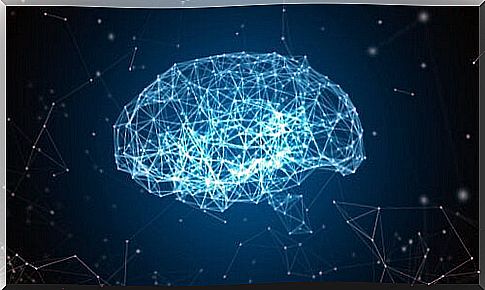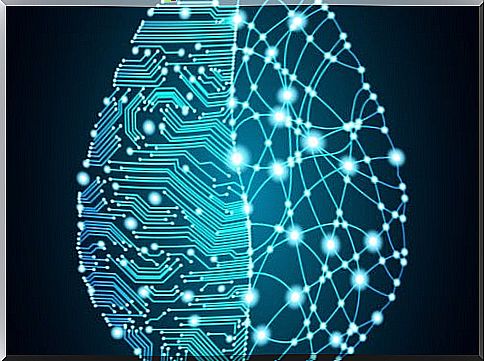The Blue Brain Project

Astrophysicists are looking outside to understand the mechanics of stars. Neuroscientists are looking inward to understand that of the human brain. This ambitious path is a desire of science which was born many decades ago. It has now turned into a study project. The initiative is called Blue Brain. She was born in 2005, at the hands of Swiss professor Henry Markram.
It is the habit of humans to draw maps to mark the discoveries of an exploration. He can thus leave evidence which can be transmitted and studied by other people.
A digital card
Like the New World maps, in ink and paper, which represented the paths of a new continent, the Blue Brain project seeks to develop a map in the form of a digital medium that would model the paths as precisely as possible. neurons in the human brain and how they activate. A map that would allow us to know every nook and cranny of this organ.
14 years ago, in May, the Institut du Brain et de l’Esprit of the Swiss Federal Institute of Technology in Lausanne (EPFL) proposed to reconstruct the structure and function of the brain. In a biologically detailed fashion. The technique used is that of reverse engineering and the project is based on simulations and brain representations.
The choice of the rodent brain as the representative base of the human brain, certainly more complex, is based on its similarity – at different circuit scales – as a mammalian brain. The technology behind this initiative is the Blue Gene supercomputer which works with the NEURON computer program.

The empirical basis for the project, and the model on which it is based, is a map of the connections between neurons in the brain, known as the connectome. This model involves a realistic digital simulation, in biological terms, of brain neurons. We hope it turns into an encyclopedia of the mysteries of the brain and the mind.
Parallel projects
A project of such magnitude could not be born without international collaborations. This is why other projects have developed in parallel, to support and complement Blue Brain.
- The Cajal Blue Brain project, coordinated by CeSViMa (Center for Supercomputing and Visualization of Madrid).
- IBM’s Joshua Blue Project , which aims to create computers and artificial intelligence programs that mimic the human mind.
- The HBP or Human Brain Project . Many universities across Europe are collaborating, scientifically and informatically, to gain more detailed knowledge of the human brain.
What makes Blue Brain different from other similar projects?
The reconstructions and simulations enabled by supercomputation assume a radically different approach to understanding brain function because they approach it as a structure with different levels. This formation in “layers” would thus welcome the functional diversity of the mind with its infinity of complexities.
The thoroughness with which neural modeling works in this project would ultimately require the construction of a brain simulation at the molecular level, which would open a path for the study of the effects of gene expression. It is hoped that this will result in unprecedented clinical benefits.
Brief history of the project
- 2005: the first cell model is completed
- 2008: construction of the first artificial neocortical cell column, made up of 10,000 cells
- 2011: we build a model that multiplies the number of cells from the previous point by a hundred and reaches a total of one million cells
- 2014 : a mouse brain is artificially reconstructed on the cellular level
- 2023: on this date, a complete reconstruction of a human brain is planned. This would include a total of 100 trillion cells

Why so much effort?
In addition to the clinical benefits that such deep knowledge of the human brain would imply, there is an ultimate goal that would unravel many mysteries.
If we could understand how the parts of the human brain fit together, we could, in principle, end up with a more than theoretical understanding of human consciousness. A goal pursued and pursued by hundreds of scientists and thinkers throughout history.
Last year, the Blue Brain project released its first 3D digital neural atlas. It offers information on the types of brain cells, their number and their position in a total of 737 brain regions.
The transition from a classic textbook of neuroanatomy – with its two-dimensional drawings – to a 3D atlas of this kind is obviously a big step for humanity.









